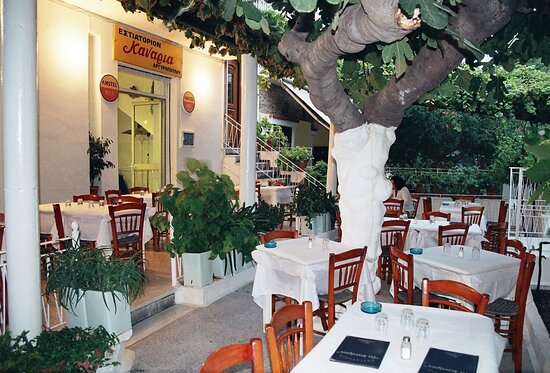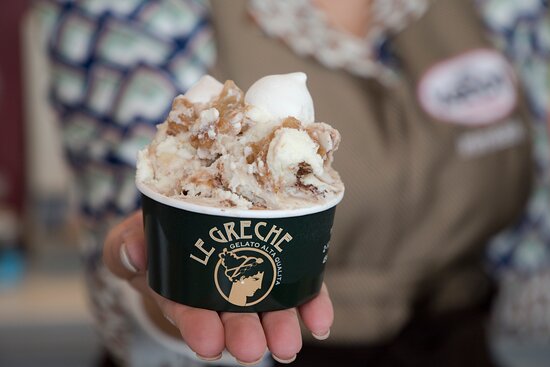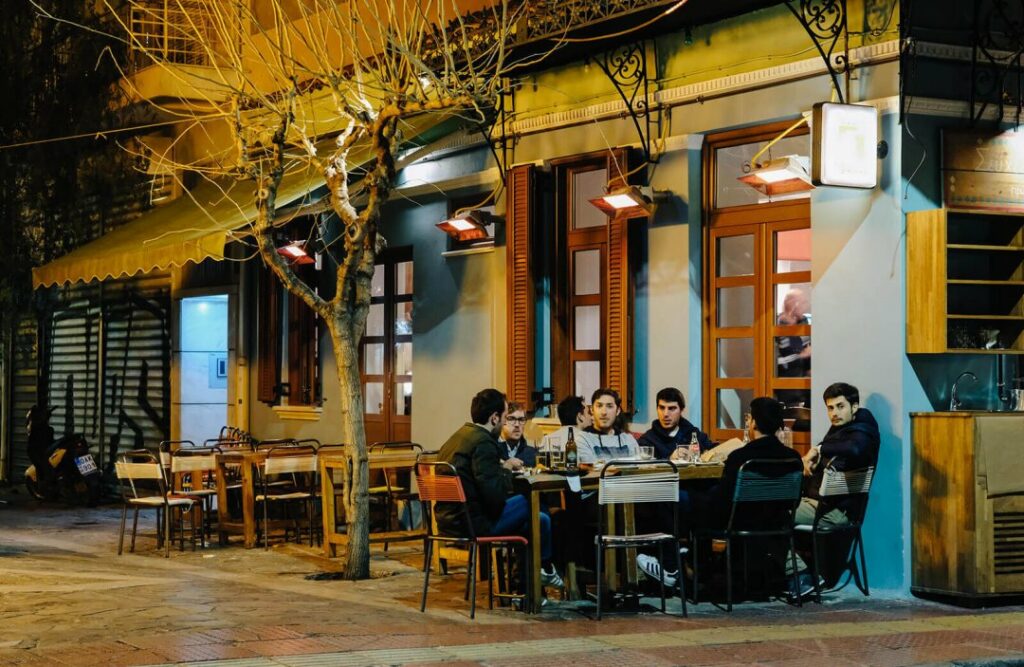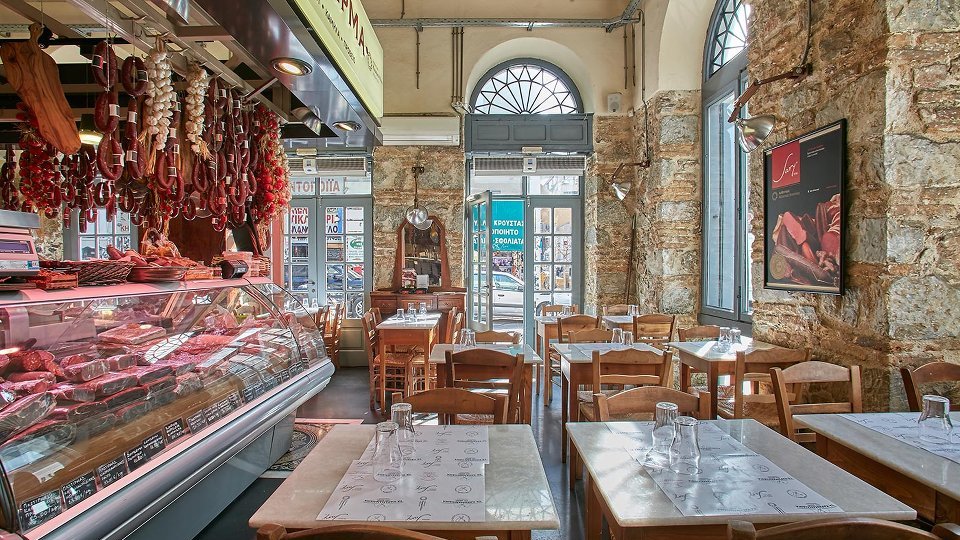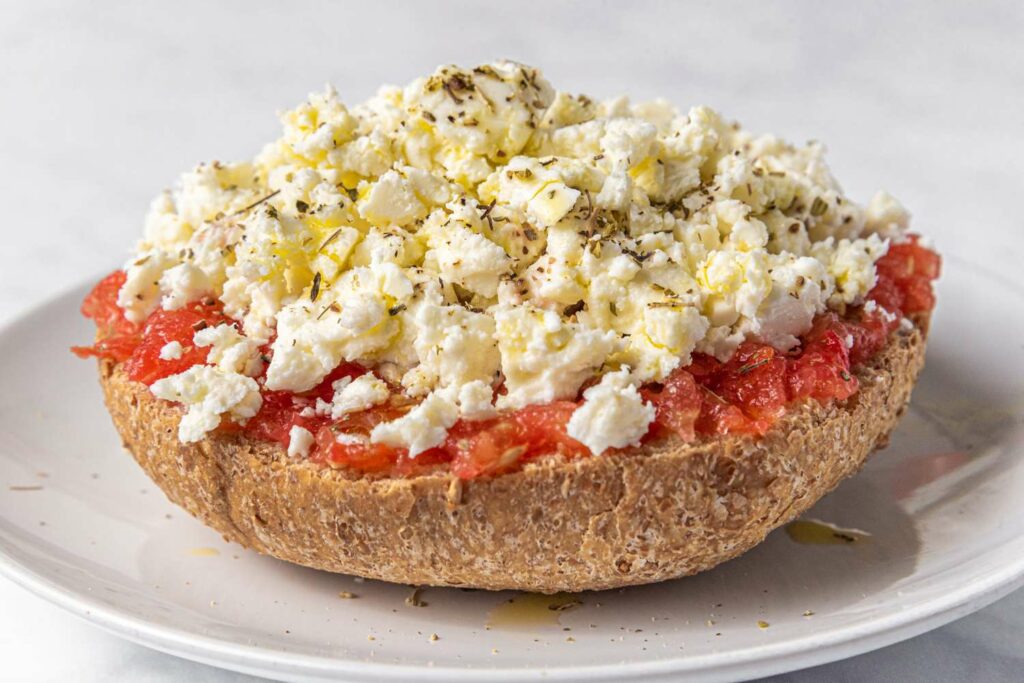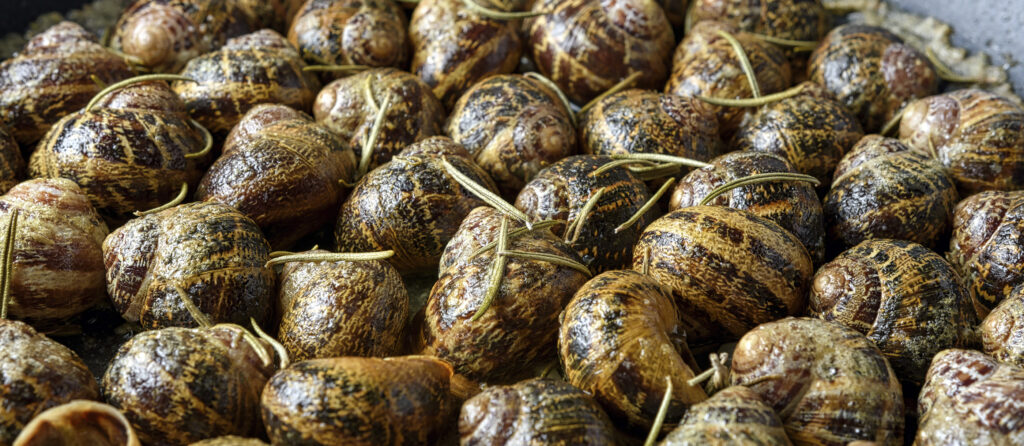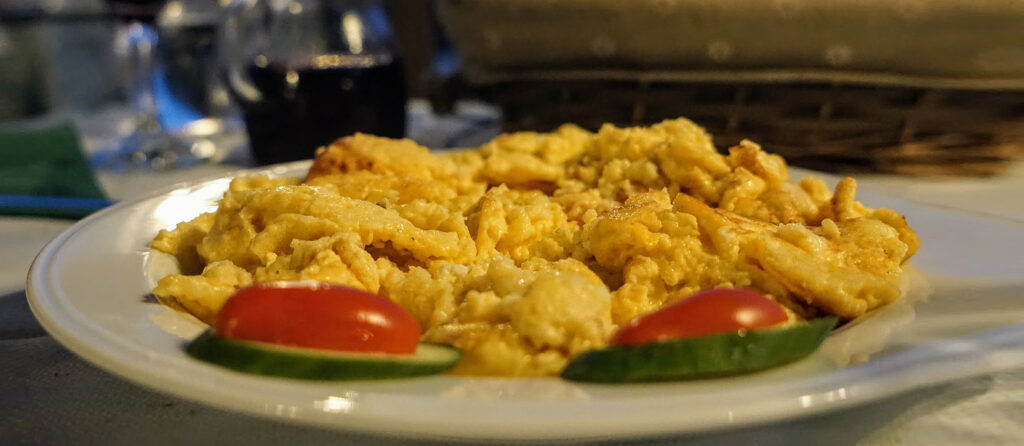The Greeks have a saying: Love goes through the stomach. And whatever tickles your taste buds – be it seafood or souvlaki or a burgeoning brunch scene – Athens has a lot of love to give.
When it comes to European food destinations, the obvious choices are Paris, Venice or Prague. But to those in the know, Athens’s food enjoys a fine reputation, and not just for family run, feta-filled tavernas. With modern Greek and Michelin-star restaurants sitting alongside the traditional market stalls and street vendors, Athens should be right at the top of any foodie’s must-visit list.
So where to begin?
Our Epicure’s Delight guide to Athens will give you a whistle-stop tour of the best food, from family-run to fancy-pants, and set you on your way to making your own culinary discoveries in the City of the Violet Crown.
The Athens Food Scence
Traditionally, the Greek meal has rarely played to the three course, meat and veg, Western standard. Instead, you’re more likely to find a table full of fresh fish, fruit and legumes, shared amongst family and friends in a “help yourself” style known as Meze. A far more informal dining style than you may be used to; the only thing flowing more freely than the conversation will be the wine and spirits!
But there’s more to Greek food than just the hits. While traditional favourites like stuffed vine leaves and spinach pie continue to fly out of cosy street corner tavernas, the Athens food scene is also one of thriving innovation. The city is a flurry with young restaurants where some of Europe’s finest chefs are offering exciting new takes on traditional Greek fare. Thanks to this ever widening spectrum of cuisine, gourmet dining in Athens has never shined more brightly.
But if you’d rather get in amongst the steam and the smoke, Athens also has a rapidly expanding subculture of street food. The city centre is stuffed to the gills with pop-up taco restaurants, burger stalls and desert stands drawing in culinary influences from around the globe. The Athens Street Food Festival is held every May, and is one of Europe’s must-see celebrations of food on the hoof.
Some Of The Best Places To In Athens
Varoulko Seaside – Akti Koumoundourou 54, Pireas 104 35
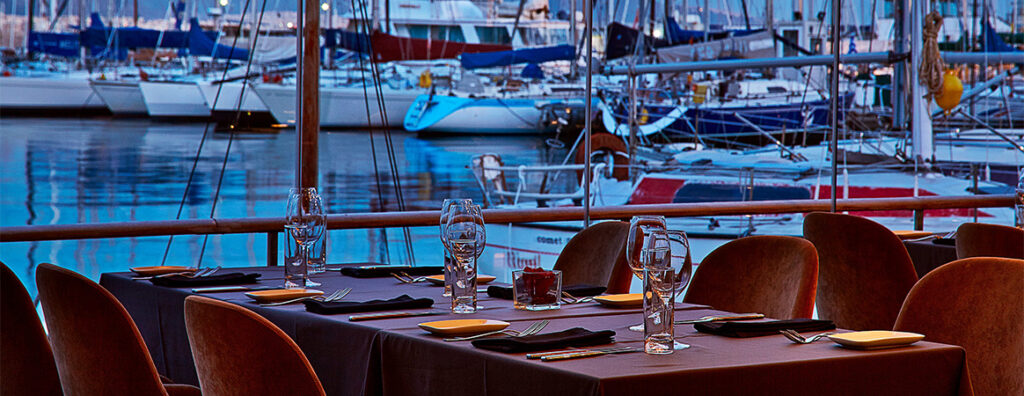
Situated right on the Piraeus waterfront, Varoulko Seaside enjoys a reputation for exquisite, high quality seafood. Micheline star chef Lefteris Lazarou has combined traditional Greek flavours with modern gastronomy to create a menu that is a refined and passionate ode to the ocean.
Main courses range from €27 for spicy shrimps with orzo and parmesan, up to €95 for grilled sea bream and seasonal greens. While it may be on the expensive side, those looking to enjoy a little fine-dining would be hard pressed to find anywhere more special than Varoulko Seaside.
Hytra – Leof. Andrea Siggrou 107-109, Athina 117 45

A Michelin star restaurant serving superb Greek cuisine, Hytra offers food that is high-end yet still hearty and crowd pleasing. Located on the sixth floor of the Onassis Arts Centre, Hytra offers incredible views of the city while you enjoy their short ribs (€42) or renowned porky belly / cheek with baby gem (€39).
If you’re looking for something up-market that still carries with it the heart and warmth of traditional Greek cooking, Hytra could be the one for you.
Kottarou – Didimotichou, Athina 104 44
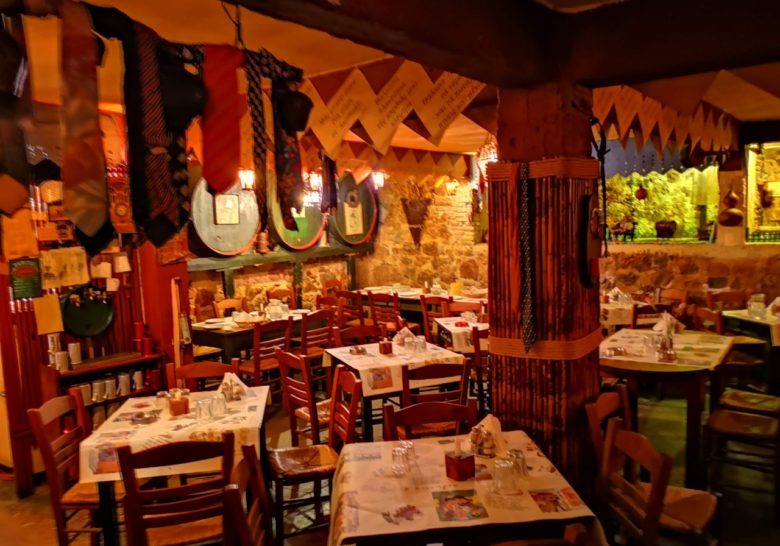
Kottarou is an authentic taverna that is so unassuming you might miss it. And that would be a pity. Tucked away on Agias Sofias, this cosy little hideaway sits in the basement of what used to be an open air farm. In the days of old, cart drivers would enjoy a glass of wine and a snack while they waited for goods to be loaded.
The farmers may now be gone, but the laid back atmosphere remains – along with some truly beautiful Greek meze. Musicians often meet here to play traditional Athenian music and drink the house wine. Kottarou is not listed in any guide books, and there’s no signage outside, so you’ll need to ask a local for directions. Alternatively, keep an ear peeled for the sound of lyres creeping up some unassuming basement steps.
Feyrouz – Agathonos 1, Athina 105 51, Greece
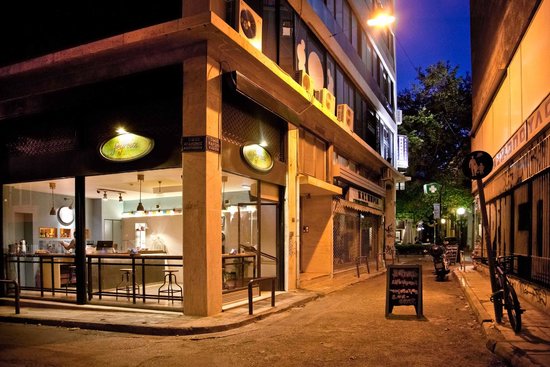
Named for the legendary Lebanese singer, Feyrouz is a family run restaurant serving Middle Eastern street food. Combining Eastern and Western flavours, Feyrouz is welcoming and informal. The Kushbasi is a beautiful take on the humble pie, stuffed with French pork, spices, aubergine and mozzarella.
Equally popular is the Roostic, combining soft cheese with…you guessed it…Rooster. For €4.40 each, why not try them both? Baklava and pumpkin truffles provide the perfect syrupy finish. Located in amongst the bustling side streets of Agathonos, Feyrouz is one family get-together you should make every effort to attend.
To Traino sto Rouf – Rouf Railway & Suburban Station, Konstantinoupoleos Ave., Athina 118 54

‘The Train in Rouf’ is a theatre-cum-wine bar-cum-music venue-cum restaurant. It’s also a train.
A restored pre-war rail carriage offers up traditional soups, salads and pastas in a venue that oozes atmosphere and theatricality.
The menu is adorably train themed, with the Stoker’s Salmon and Potatoes (€14.50) and the Railway Carriage Pork Tenderloin (€10) being just two of the marvellous dishes to choo-choose from. Add a selection of fine cocktails and a varied programme of dinner entertainment, and you have a restaurant that’s well worth a trek down the track to Rouf Station.
How To Find The Best Spots
For those who wish to discover their own Athenian favourites, a food tour is a great way to see what the city has to offer. Culinary Backstreets offer a fantastic walking tour, giving you a chance to sample baklava, fig paste, and cured cod to name but a few. Or you can head straight for the Central Food Market and nip into one of the surrounding delis for a taste of the local cured meats and notoriously hot red peppers.
The Athenian Food Map
Like most cities, Athens has its separate gastronomic areas.
Here’s a brief rundown of what to find and where you’ll find it:
Mainstream
Here you’ll find American fast food (and its Greek equivalents) and a wealth of bakeries, butty shops and souvlaki restaurants. Mainstream will also bring you to an area known as Little Asia, where you’ll find food from Korea, China, Japan and Thailand.
Thw Central American Neighborhood
Located just next to Little Asia, here you’ll find Latin American and Spanish cuisine. Fiery tacos and sumptuous pulled pork are served up in a lively, festival atmosphere. Mariachi bands and all.
The Middle Eastern Block
Brimming with falafel and kebabs, The Middle Eastern District is a perfect destination if you’re looking to wander, as it also encompasses some of Athens’s finest street food.
Traditional
In this area you’ll find unpretentious tavernas serving family favourites like meatballs, fried cheese and potato salads. Look for the less flashy venues, as these will often serve the best food. If a restaurant with no signage or fancy façade is still rammed with customers…they’re probably there for the quality of the food.
What’s Trending
Right now in Athens, it’s all about Gastro-Tavernas. These restaurants are elevating traditional Greek fare while keeping their venues relaxed and unpretentious. The menus tend to change daily, relying on fresh ingredients to create a vibrant, engaging food movement. The centrally located Dopios serves Greek meze infused with flavours of Japan, while Rouf’s Tzoutzouka combines old style café vibes with an open kitchen that is a celebration of the finest Greek flavours.
Conclusion
So there you have it. Athens really is a haven for foodies. To summarise, here’s a rundown of what this city has to offer. But there’s always more to discover, and we hope this brief introduction has given you the confidence to go and explore – wide eyed and open mouthed.
- Fine dining – Try Hytra or Varoulko Seaside
- Traditional – Head Northwest, and keep an eye out for hidden gems like Kottarou
- Street Food – The Middle Eastern block is your best bet, packed with excellent spots like
- Explore – Take a walking tour or head to the Central Food Market.
- Trends – Look out for Gastro-Tavernas like Dopio, or head to Little Asia for a dollop of Thai Ice-cream.











